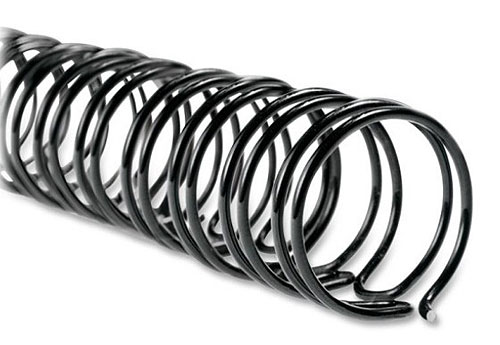
by Renée Varella
When it comes to the bookbinding industry, Rob Mauritz, vice president of sales at LBS, Des Moines, Iowa, does it all. Not only does the supplier work with equipment manufacturers such as Kolbus, Muller Martini, ODM and GP2 to learn what materials its customers need to operate its equipment, the company offers a variety of cover and reinforcing materials, more than 20 styles of ready-to-use end sheets, and a large selection of binders board, stamping foil, and headbands. Customers include book manufacturers, hand binders, library binders, on demand printers and binders, photo book manufacturers, and edition binders.
“We’re still able to meet the needs of the small traditional binder, enabling such companies to buy in small quantities with quick turnaround of materials,” added Mauritz, who worked in the paper industry for a decade before spending the last 19 years at LBS. “We’re also able to be a resource for folks who call about a piece of equipment or unique material. We’ll try to help them; if we can’t do it, we partner with equipment suppliers that can.” Often Mauritz taps the knowledge of LBS CEO Fritz James and Lang Wightman, company president, both of whom are former bookbinders, as well as long-time binding experts Professor Werner Rebsamen, RIT Professor Emeritus, and Peter Martini of the German material supplier Dr. Günther Kast Co.
“We provide materials to everyone – from the largest library binder that also restores old bibles to the truly small binder that’s still doing work mostly by hand using a traditional bookbinding hammer,” Mauritz said. He noted that all traditional binders need end sheets, cover materials (typically cloth), cover board, and some kind of material to reinforce the spine. “Small binders will buy large sheets of cotton cloth, cut it down to a 3″×10″ strip, and hand-apply it to the book block. Other binders will have a roll and use machinery to produce hundreds or thousands of books a day. LBS offers spine reinforcing material that ranges from 100 percent cotton to nylon to high- elongation stretch paper and even some grades that have the cotton and paper laminated together. We can recommend the proper material for each job,” he said.
A Customer Evolution
According to Mauritz, LBS has approximately 150 U.S. binders in its database that do at least some of their work by hand and employ from one to five employees. “We certainly have seen changes in our customer mix over the years,” he added. “While we do find binders strictly doing traditional work, even these smaller binderies have added some sort of edition or on demand capabilities.”
Mauritz noted that advancements in equipment have allowed binders to automate or semi-automate. This has been especially helpful as binders face greater demands from customers that require shorter turn times. “Technology is turning the industry around,” he said. “In some respects, technology like the Kindle can hinder the bookbinder as more and more books move to electronic formats. But if they follow the example of some of our customers that are embracing technology by using the latest software to produce photo books or even ‘partnering with the enemy’ by manufacturing protective cases for e-readers, you can make lemonade out of lemons. It is not easy, but by combining the talent of a skilled bookbinder and the vision of a successful business person, binders of all sizes can not only survive, but excel in today’s ever-changing business climate.”

